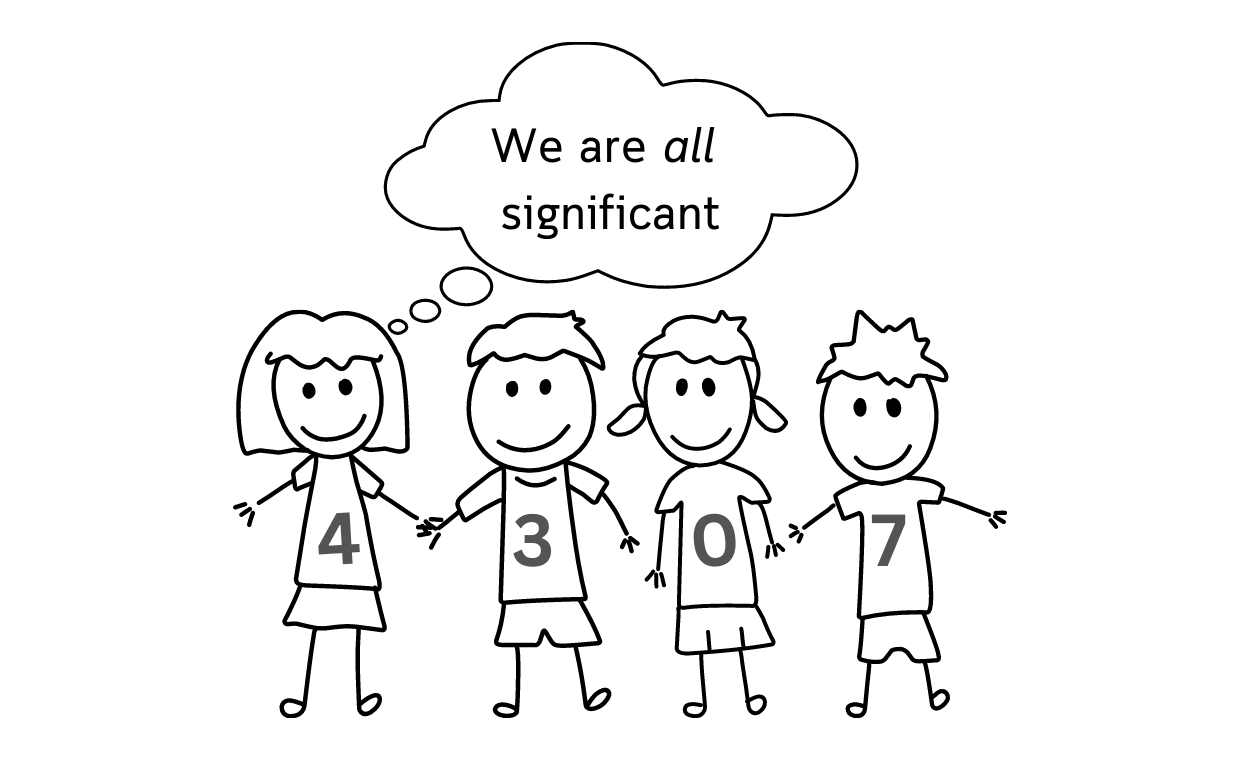There are three main significant digits rules that every student needs to keep in mind when performing calculations and determining the number of significant figures in a number:
- Non-zero digits are always significant.
- Zeros between non-zero digits are significant.
- A zero or zeros at the end of a non-decimal or a decimal are significant.
Significant digits (figures) are the digits that contribute to the accuracy of the value and help round numbers correctly.
Example 1: in the number 45032 all digits are significant since 0 is between other non-zero digits.
In order to round this number to the first significant digit, we look at the first significant digit 4 and then at the value of the digit next to it 5. Since the value of the digit next to the first significant digit is 5 or higher, rounding to the first significant digit would be up: 5000.
Example 2: in the number 0.000745 zeros are not significant. The first significant digit here is 7 and the last is 5. Rounding this number to the first significant digit would mean taking 7, looking at the digit next to it, 4, and since 4 is less than 5, then the number is rounded down: 0.000700. Note that now the zeros following the 7 are significant, because they show the value of the number more accurately.
Example 3: when multiplying and dividing numbers, check how many significant digits each number has.
45.23 has 4 significant digits
2.1 has 2 significant digits.
The final answer (the product or the quotient of the two numbers) will have the least number of significant figures within any number in the problem.
So, if we multiplied 45.23 and 2.1 we would keep two significant digits in the answer.
Example 4: when adding and subtracting numbers, check how many significant digits exist in the decimal part of each number. Then add/subtract the numbers as usual and in the sum/difference keep the least number of significant figures from each number in the problem in the decimal portion of the answer.
67.03 has 2 significant digits in the decimal portion
6.483 has 3 significant digits in the decimal portion
When added together, the answer would contain 2 significant digits in the decimal portion.
The importance of significant figures was established in the 18th century A.D., when scientists realized the need to have more accurate solutions and made a connection between rounding and the incorrect final results. A German mathematician Carl Friedrich Gauss studied how significant digits rules were affecting the calculations.

There are no comments yet